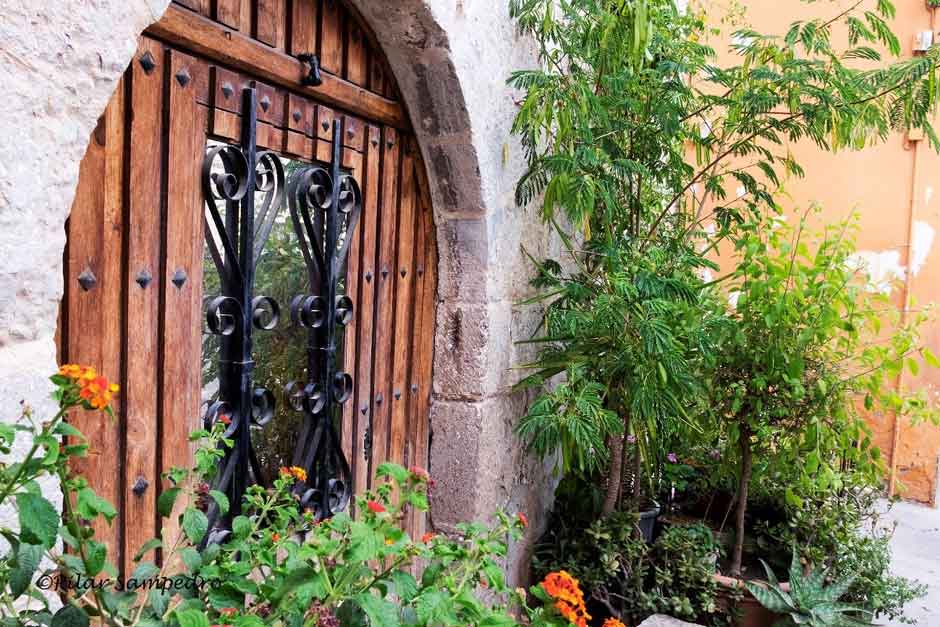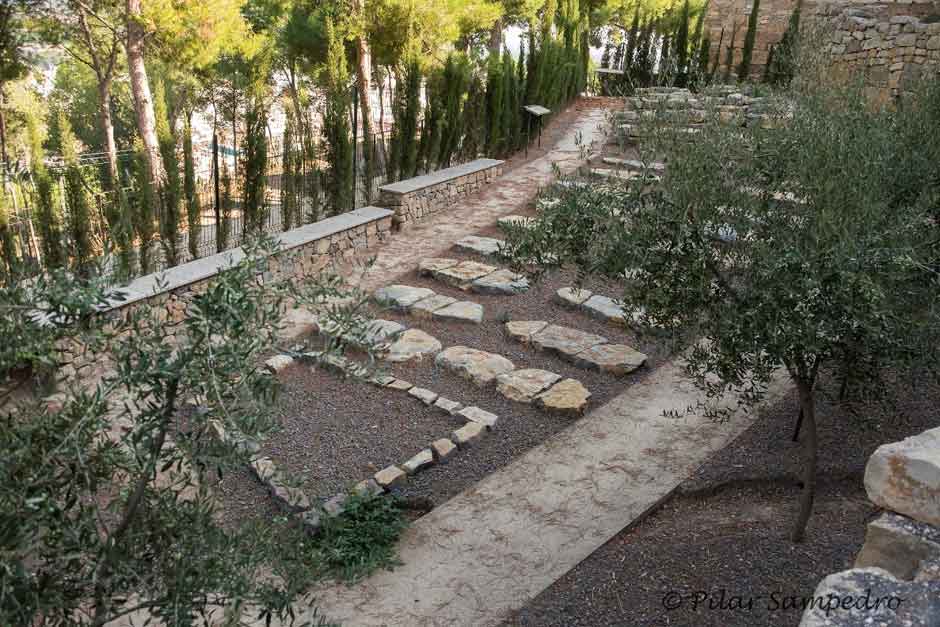On Spain’s eastern coast, overlooking the Mediterranean and just 18 miles north of Valencia, Sagunto is a city where history does not rest in silence, it speaks through its stones. Known for its Roman theater and imposing castle, Sagunto has long been a crossroads of civilizations. Today, it adds a singular chapter to its layered narrative: the recovery of the first Jewish cemetery in Spain open to visitors, a site where the past stands unadorned and eloquent.
Sagunto’s Jewish heritage runs deep. It was the most important Jewish center in the medieval Kingdom of Valencia, and traces of that presence remain visible. At the summit of its famous castle, archaeologists discovered lead sheets inscribed with Hebrew characters dating from the 1st and 2nd centuries CE, considered the earliest evidence of Jewish presence in the Iberian Peninsula.
The city’s prominence grew in the Middle Ages. Following the anti-Jewish violence of 1391 that devastated Valencia, many survivors sought refuge behind Sagunto’s fortified walls. By the late 14th century, the community numbered close to 700 people, living on a hillside protected by ramparts and organized around essential institutions: the synagogue, the butcher, and the mikveh, whose location in the present-day Casa dels Berenguer is documented with certainty.
 Although transformed over centuries, the Jewish quarter retains its medieval layout. Streets such as Sang Vella, Segovia, and Ramos still echo the patterns of Sephardic urban design. Access was through the Portalet de la Sang, the only surviving medieval gate. The synagogue, recorded in 15th-century archives, was converted into a church after the expulsion of 1492, yet its memory endures in historical records.
Although transformed over centuries, the Jewish quarter retains its medieval layout. Streets such as Sang Vella, Segovia, and Ramos still echo the patterns of Sephardic urban design. Access was through the Portalet de la Sang, the only surviving medieval gate. The synagogue, recorded in 15th-century archives, was converted into a church after the expulsion of 1492, yet its memory endures in historical records.
The First Jewish Cemetery Open to Visitors
Ascending toward the castle leads to a site that requires no imagination: the Jewish cemetery, restored and opened as an outdoor museum in 2009. Here lie 60 tombs from the 14th and 15th centuries, aligned with the austerity prescribed by Sephardic funerary tradition. Excavations that began in 2004 uncovered ritual objects, amulets, and wooden stretchers used to carry the deceased, along with a distinctive burial type, stone-lined sepulchers. These findings illuminate practices rarely documented elsewhere in Spain.
 Since its opening, the cemetery has welcomed visitors from around the world, including rabbis and scholars who, in 2006, praised the recovery of this heritage. Nearby, additional hypogea flank the castle entrance and the Roman theater, completing a funerary landscape of exceptional historical value.
Since its opening, the cemetery has welcomed visitors from around the world, including rabbis and scholars who, in 2006, praised the recovery of this heritage. Nearby, additional hypogea flank the castle entrance and the Roman theater, completing a funerary landscape of exceptional historical value.
In 2015, a major intervention consolidated the tombs and improved interpretation, ensuring they would no longer be mistaken for natural cavities in the rock.
A City That Bridges Past and Future
The revival of Sagunto’s Sephardic legacy places the city among those that embrace history as a foundation for progress. Its membership in the Network of Jewish Quarters in Spain – Caminos de Sefarad guarantees well-marked routes and interpretive content for cultural travelers.
Recent distinctions reinforce this vision: Valencian Capital of Roman Heritage, Valencian Capital of Culture, and inclusion in the Council of Europe’s Phoenicians’ Route and the European Route of Industrial Heritage (ERIH).
Sagunto has also represented Spain as the sole candidate for the European Heritage Label and is actively pursuing recognition as a UNESCO World Heritage Site, a strategy that underscores its commitment to culture as a driver of development.









